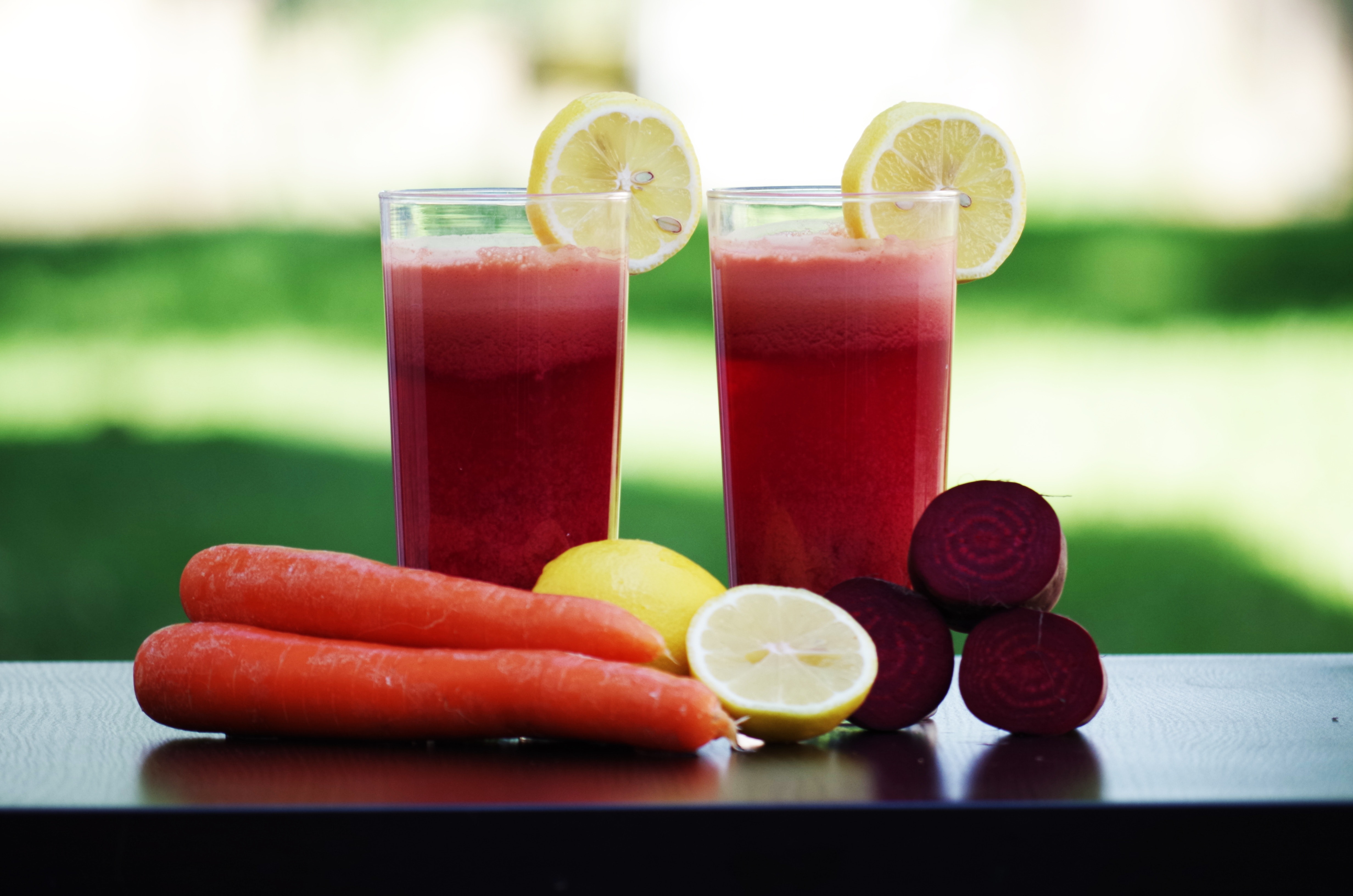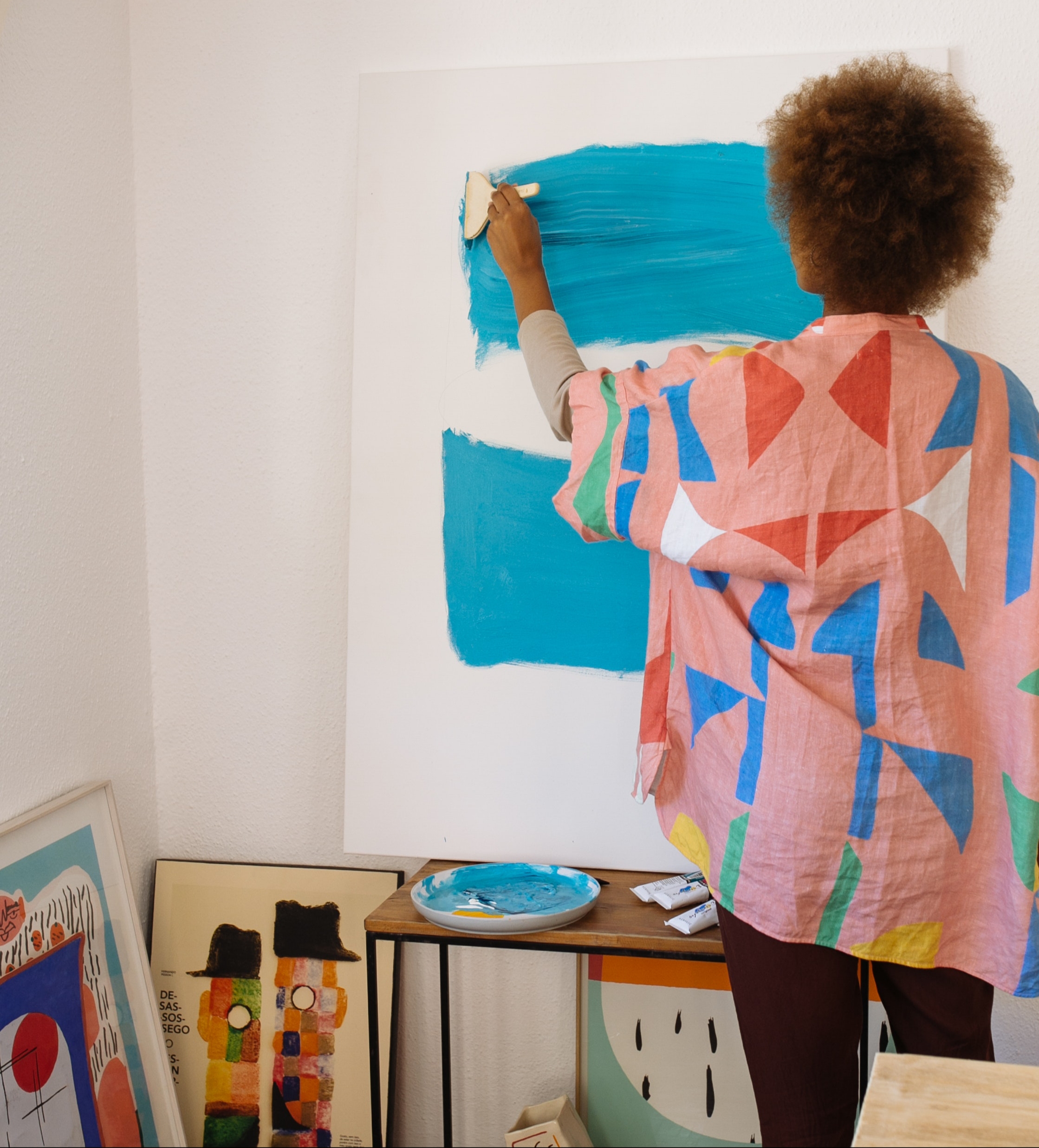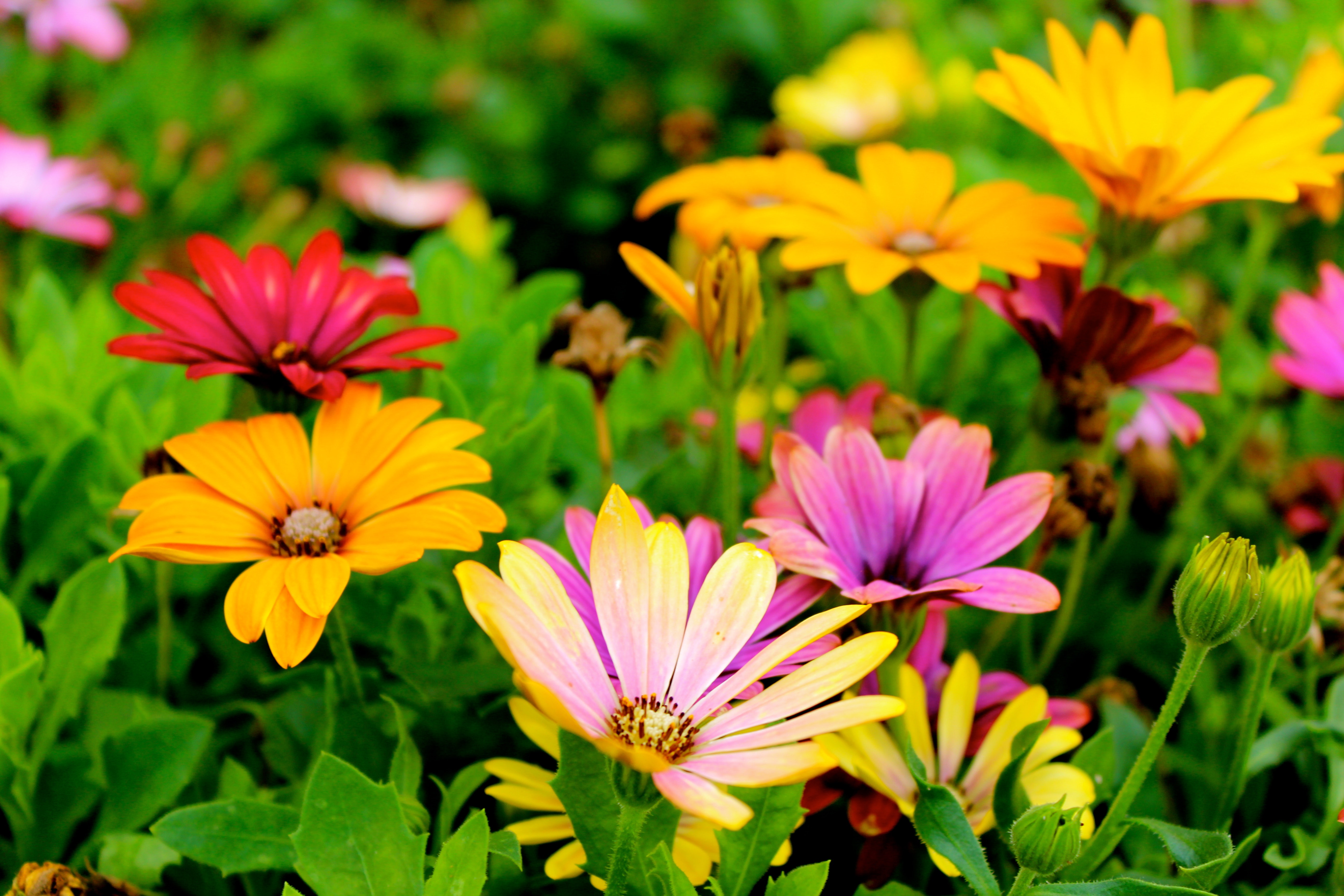Many people do not realise the impact that colour can have on our behaviour. It can impact our mood, our energy levels, our overall well-being and even our appetite!
During these unprecedented times, people are growing increasingly anxious about their circumstances and what the future holds. So during this time, it is important to change the things that you can control, like the colours you wear, the colours you have around you and even the colour of the foods you eat.

During a stage in my earlier life, while confined to my bed, I took an interest in self-teaching. A topic that I took a shine to was Colour Psychology and Interior Design. The colours around me made me think long and hard about my feelings and emotions and during that time, it made me question if it was something that often affected people’s moods.
Colour Psychology made me think about the first time I was exposed to different colours. I was very young and at Infant school at the time. We were learning to combine primary colours to make lighter or darker shades. I felt so excited and fascinated each time I mixed one colour with another. However, when I mixed too much blue with the red and accidentally dabbed the black paintbrush in the palette, I vividly recall the disappointment and sadness I felt. I resented the purple-grey shade because my paint was ruined. My mood was affected by the dullness and dreariness. In a way I suppose, that might explain why I still dislike dull purple-grey hues in my personal space.
Colour and shapes have played an important part in our lives from as long as humans have walked on Earth. However, I can confidently say we all have one thing in common; it influences our mood, whether it is the excitement a colour brings, the overstimulation or even lassitude. Whatever emotion that comes from seeing many hues of colours and shapes together, ultimately, can impact our well being and change our behaviour.
After researching the Psychology of Colour over several years in various educational establishments and investigating the impact of design and organisation in such environments, I found that the hues on the walls, floors, and decor all contributed to behaviour, cognitive development and performance as well as emotions.
Some positive ways to deal with quarantine is to brighten up yourself with colour. Try raw colourful food or explore the shades and tones of your garden. You might choose a brightly coloured item of clothing to lift your mood or try some mindful colouring.

Consider using design and colour psychology when rearranging furniture, painting walls, de-cluttering or organising simple activities like flower arranging. Adding elements of nature, for instance, earthy colours, wood, fire (accent colours such as orange, yellow, red etc), metal and water features, such as a simple goldfish tank will help to bring colour to your surroundings.

The subtle transformation of your environment that you are forced to live in for a while, will have such a positive effect on your well being and for those utilising that space. You will not only be thankful but also feel a little motivated and happy.


